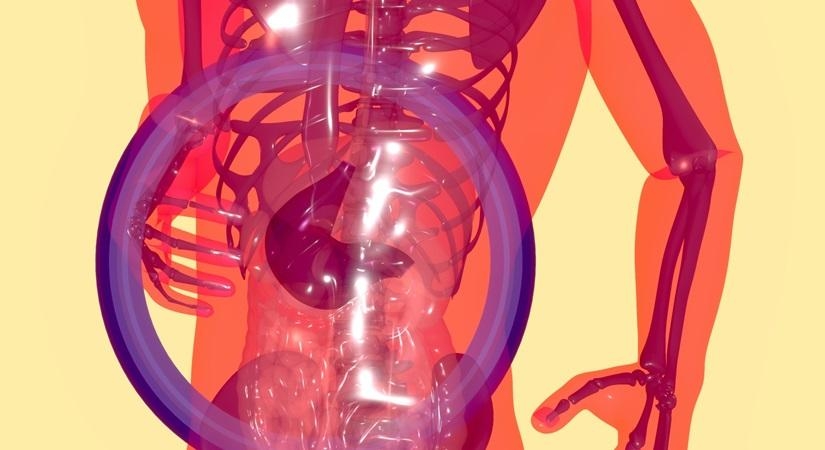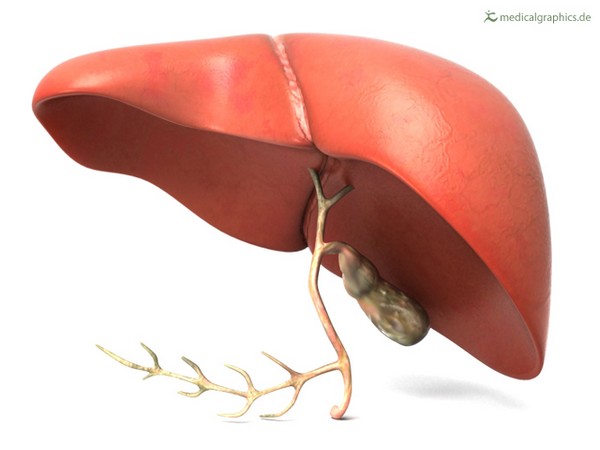Research also suggests that around one-fourth of Indian adults are obese or overweight. This means they are at risk of fatty liver disease. Apart from that, alcohol consumption is also on the rise in the country…reports Asian Lite News
Liver cirrhosis is a serious medical condition that affects the global population every year, including India, which accounts for 20 per cent of global deaths due to liver disease.
Called the last stage of liver disease, cirrhosis is caused by severe scarring of liver tissue. Certain liver diseases and conditions lead to the condition, such as alcohol abuse, chronic hepatitis, biliary diseases, fatty liver, or long-term use of hepatotoxic drugs. Scarred tissue makes it difficult for your liver to work properly.
Research also suggests that around one-fourth of Indian adults are obese or overweight. This means they are at risk of fatty liver disease. Apart from that, alcohol consumption is also on the rise in the country.
How does it happen? Your liver tries to repair itself, each time it is injured. The cause of liver injury may be excessive alcohol consumption, chronic hepatitis, non-alcoholic fatty steatosis, etc. In the process of repairing itself, the liver forms scar tissue. When more and more scar tissue forms, cirrhosis gets worse, and this makes it tough for the liver to do its job. Advanced liver cirrhosis needs immediate medical intervention as it is life-threatening. A liver transplant may become inevitable in severe cases. The damaged liver is replaced with a healthy one from a donor in a liver transplant procedure. In fact, cirrhosis is the reason behind most liver transplants.

Let’s now have a close look at the risk factor, causes, symptoms, and diagnosis of liver cirrhosis:
Risk factors Primary risk factors for cirrhosis of the liver include excessive alcohol consumption or alcohol abuse. Obesity or being overweight can also raise your risk of conditions that may lead to cirrhosis. These conditions may include non alcoholic fatty liver disease and non alcoholic steatohepatitis. Therefore, obesity is one of the risk factors for cirrhosis. In addition, having viral hepatitis can also lead to this condition. Chronic hepatitis is the world’s leading cause of liver disease, although not everyone with the condition will develop cirrhosis.
Causes: Common causes to include excessive drinking of alcohol, a fatty liver that is caused by obesity and diabetes, and hepatitis B and C virus infections. Apart from that, hemochromatosis (a condition that causes iron buildup in the body), and autoimmune hepatitis (a liver disease caused by the body’s immune system) are some other causes. Long-term use of hepatotoxic drugs may also lead to cirrhosis.
Symptoms: The symptoms of cirrhosis are not visible until liver damage is severe. When they do occur, they may include loss of appetite, fatigue, itchy skin, nausea, weight loss, swelling in the legs, feet, or ankles, called edema, and easy bleeding, or bruising. Other symptoms may include fluid accumulation in the abdomen, called ascites, spider-like blood vessels on the skin, yellow discoloration in the skin and eyes, called jaundice, redness in palms and hands, and pale fingernails. Liver cirrhosis would also lead to portal hypertension and may cause other complications like ascites, Esophageal/Gastric varices, Hepatocellular carcinoma, Hepatic Encephalopathy, or Hepato-renal syndrome.
Diagnosis: Radiology testing such as Computed Tomography (CT scan), Ultrasound, or Magnetic Resonance Imaging (MRI) is generally used for the diagnosis of liver cirrhosis. In some cases, a needle biopsy of the liver is also done to diagnose the condition. A new imaging technique called Elastography can also diagnose the condition. The technique can be performed with ultrasound or MRI.
For better risk stratification, prognosis, and treatment decision-making, an accurate diagnosis of liver fibrosis is necessary. Liver biopsy is the gold standard for assessing liver fibrosis, is invasive, costly, and impractical for surveillance and treatment response monitoring.
Fibroscan is a non-invasive painless test, without patient discomfort, and can be performed at the point of care. Its results are instantaneous; therefore clinicians can use them to make decisions during patients’ visits. Compared to a liver biopsy, it is less expansive and has not been associated with any side effects.

The reports generated from Fibroscan would include a CAP score for grading of fatty liver, along with Young’s modulus in Kilopascal for assessing the stiffness of the liver.
According to research, there is no cure for cirrhosis yet, but your doctor may treat your symptoms caused by the condition by recommending medication, lifestyle changes, or transjugular intrahepatic portosystemic shunt (TIPS). Liver transplantation is also an option for some patients, but it may have some complications.
Liver Cirrhosis is a serious medical condition that can affect anyone’s life drastically. The good news is that with advancements in medical science and diagnostic technology, it can be treated as well as managed if taken care of on time. The liver is a vital organ that processes nutrients and removes toxins from circulation, among many other functions. Therefore, it plays a significant role in the normal functioning of the body and must be taken care of.









